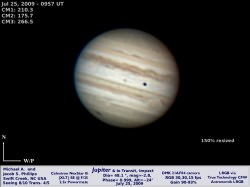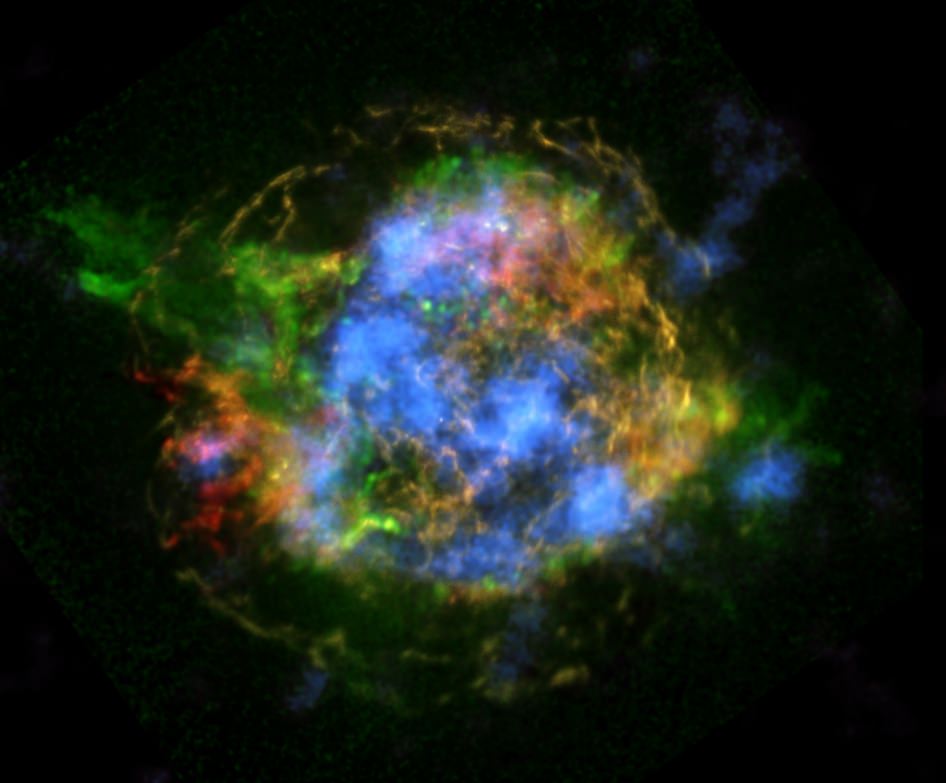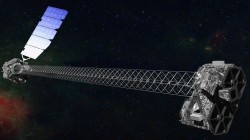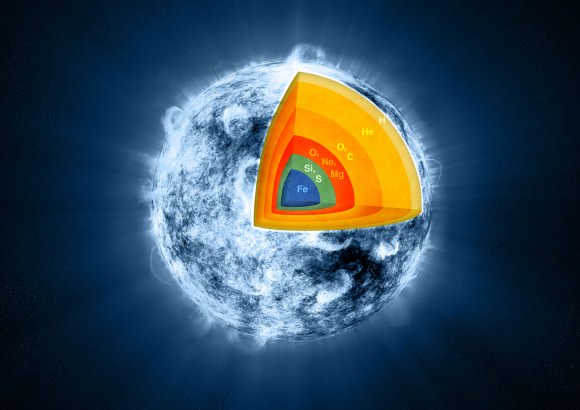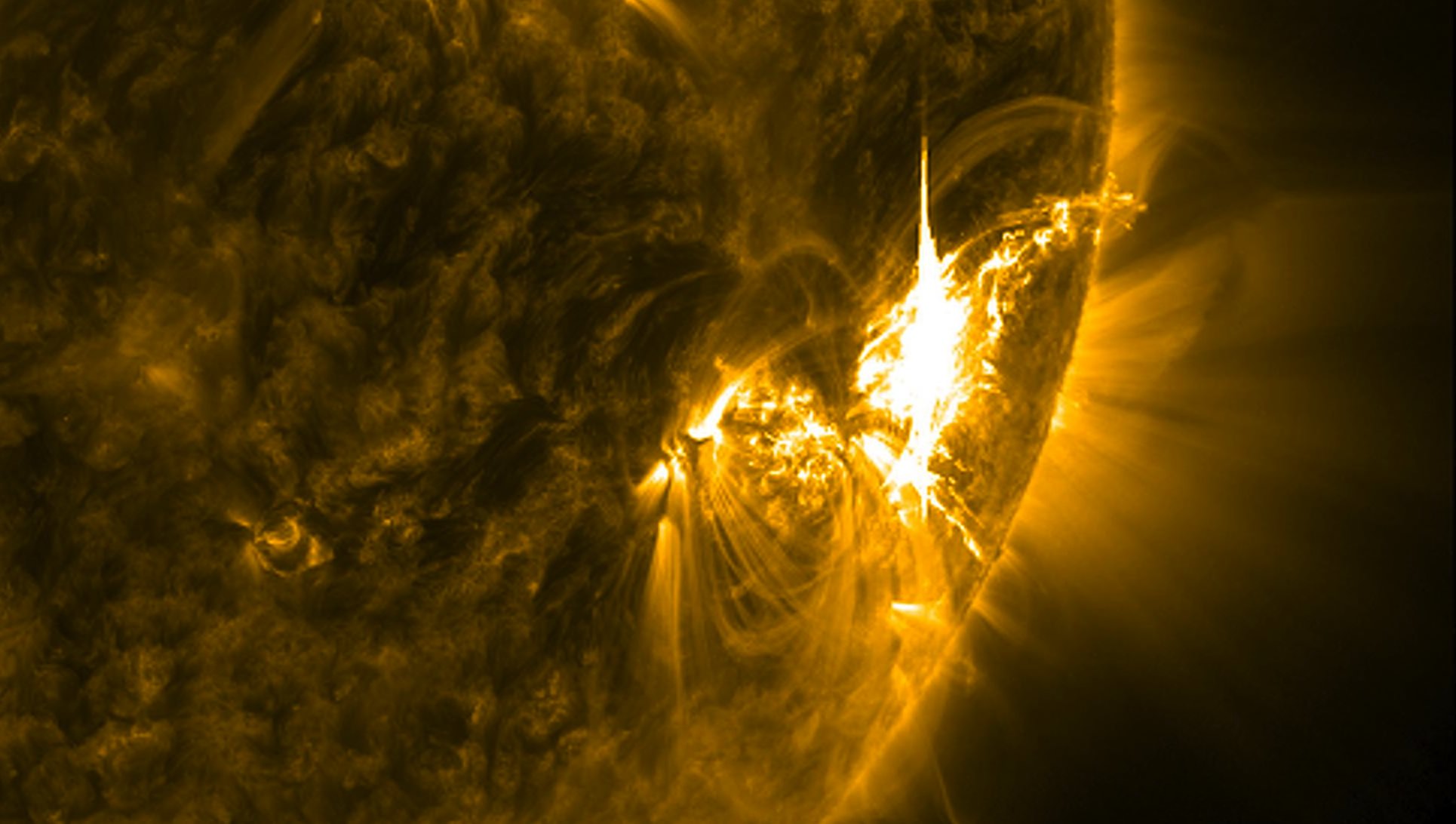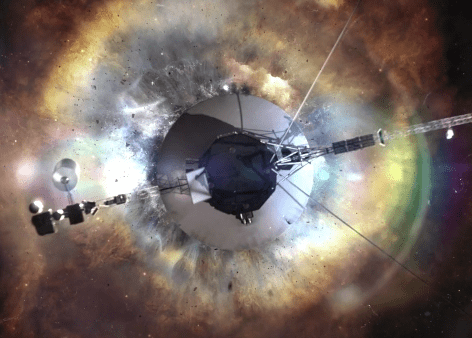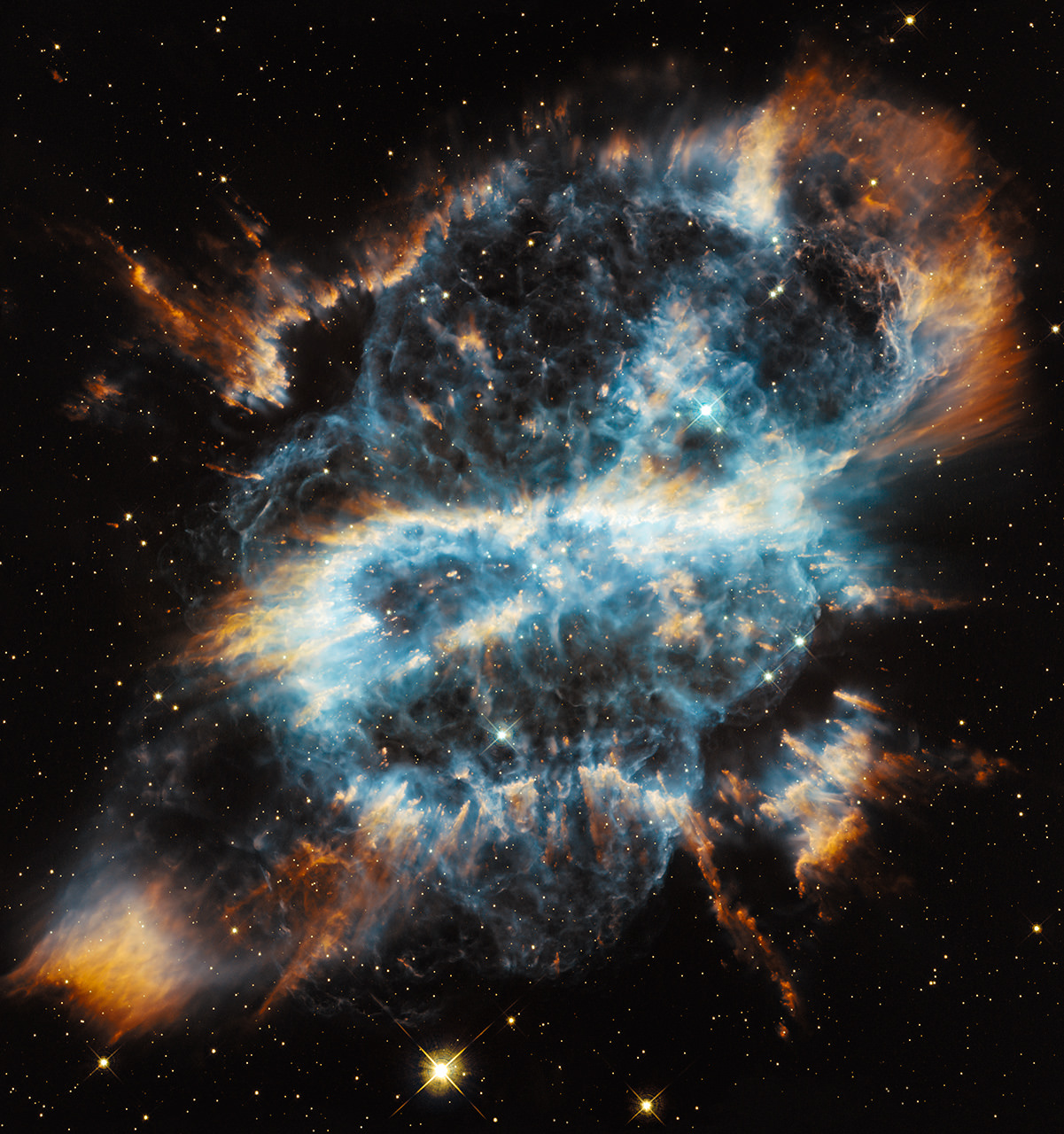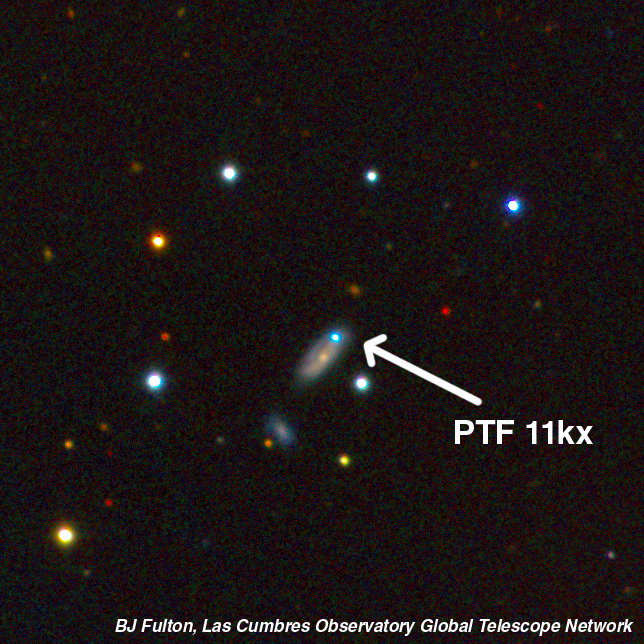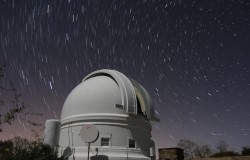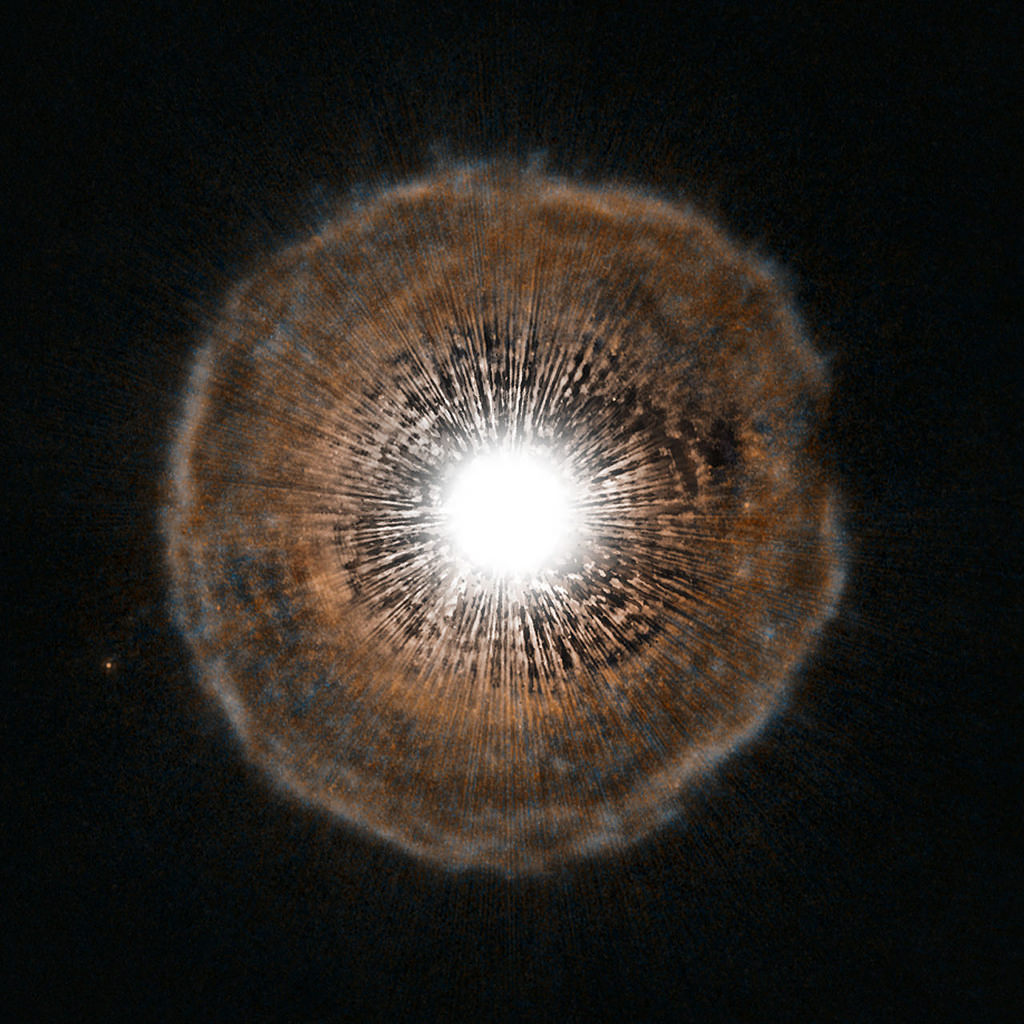It’s a staple of science fiction, restarting our dying star with some kind of atomic superbomb. Why is our Sun running out of fuel, and what can we actually do to get it restarted?
Stars die. Occasionally threatening the Earth and its civilization in a variety plot devices in science fiction. Fortunately there’s often a Bruce Willis coming in to save the day, delivering a contraption, possibly riding a giant bomb shaped like a spaceship, to the outer proximity of our dying Sun that magically fixes the broken star and all humanity is saved.
Is there any truth in this idea? If our Sun dies, can we just crack out a giant solar defibrillator and shock it back into life? Not exactly.
First, let’s review at how stars die. Our Sun is halfway through its life. It’s been going for about 4.5 billion years, and in 5 billion years it’ll use up all the hydrogen in its core, bloat up as a red giant, puff off its outer layers and collapse down into a white dwarf.
Is there a point in there, anywhere, that we could get it back to acting like a sun? Technically? Yes. Did you know it will only use up a fraction of its fuel during its lifetime? Only in the core of the Sun are the temperatures and pressures high enough for fusion reactions to take place. This region extends out to roughly 25% of the radius, which only makes up about 2% of the volume.
Outside the core is the radiative zone, where fusion doesn’t take place. Here, the only way gamma radiation can escape is to be absorbed and radiated countless times, until it reaches the next layer of the Sun: the convective zone. Here temperatures have dropped to the point that the whole region acts like a giant lava lamp. Huge blobs of superheated stellar plasma rise up within the star and release their energy into space. This radiative zone acts like a wall, keeping the potential fuel in the convective zone away from the fusion furnace.
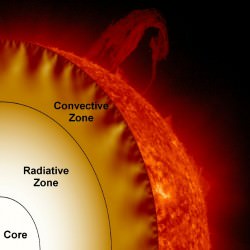
So, if you could connect the convective zone to the solar core, you’d be able to keep mixing up the material in the Sun. The core of the Sun would be able to efficiently fuse all the hydrogen in the star.
Sound crazy? Interestingly, this already happens in our Universe. For red dwarf stars with less than 35% the mass of the Sun, their convective zones connect directly to the core of the star. This is why these stars can last for hundreds of billions and even trillions of years. They will efficiently use up all the hydrogen in the entire star thanks to the mixing of the convective zone. If we could create a method to break through the radiative zone and get that fresh hydrogen into the core of the Sun, we could keep basking in its golden tanning rays for well past its current expiration date.
I never said it would be easy. It would take stellar engineering at a colossal scale to overcome the equilibrium of the star. A future civilization with an incomprehensible amount of energy and stellar engineering ability might be able to convert our one star into a collection of fully convective red dwarf stars. And these could sip away their hydrogen for trillions of years.
Tell us in the comments on how you think we should go about it. My money is on giant ‘magic bullet’ blender” or a perhaps a Dyson solar juicer.



